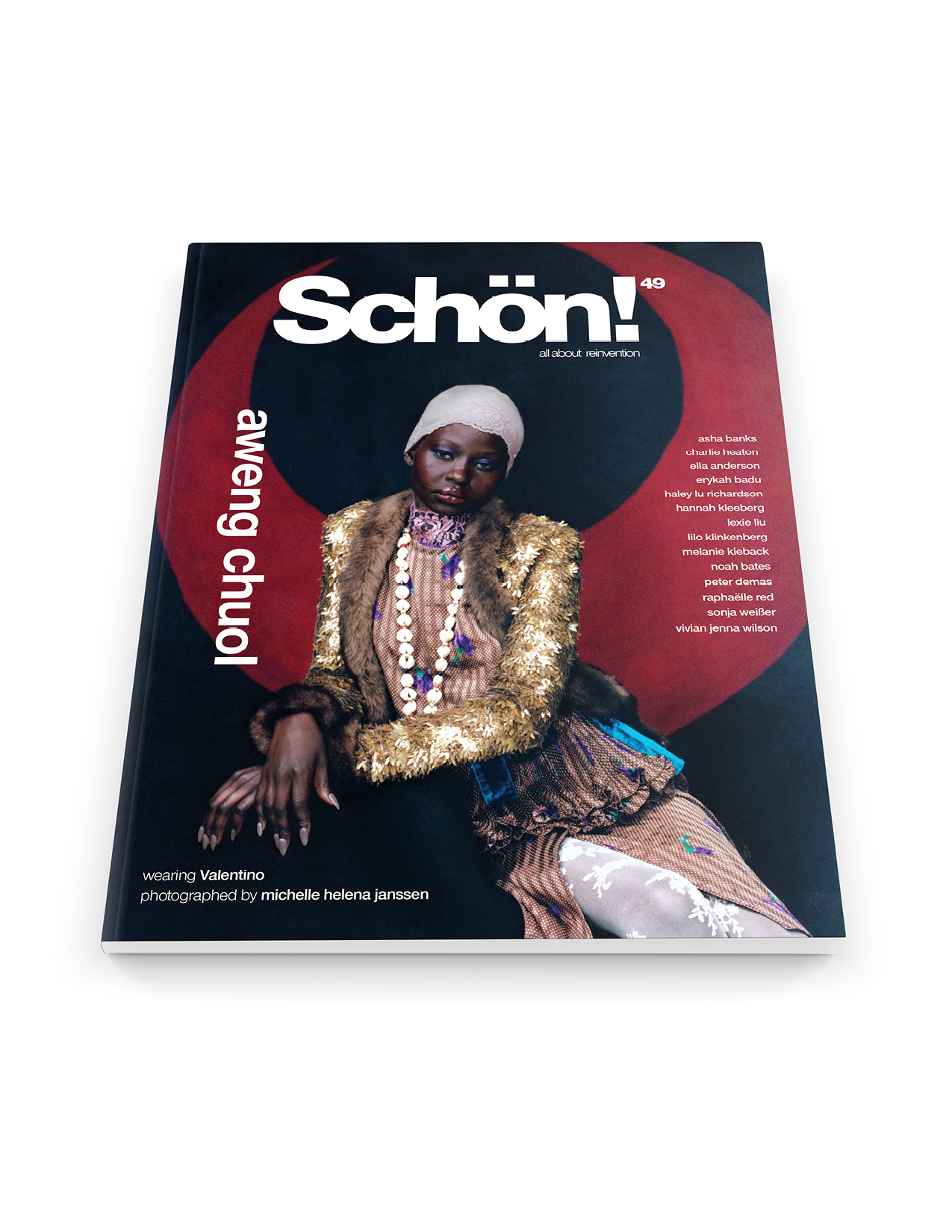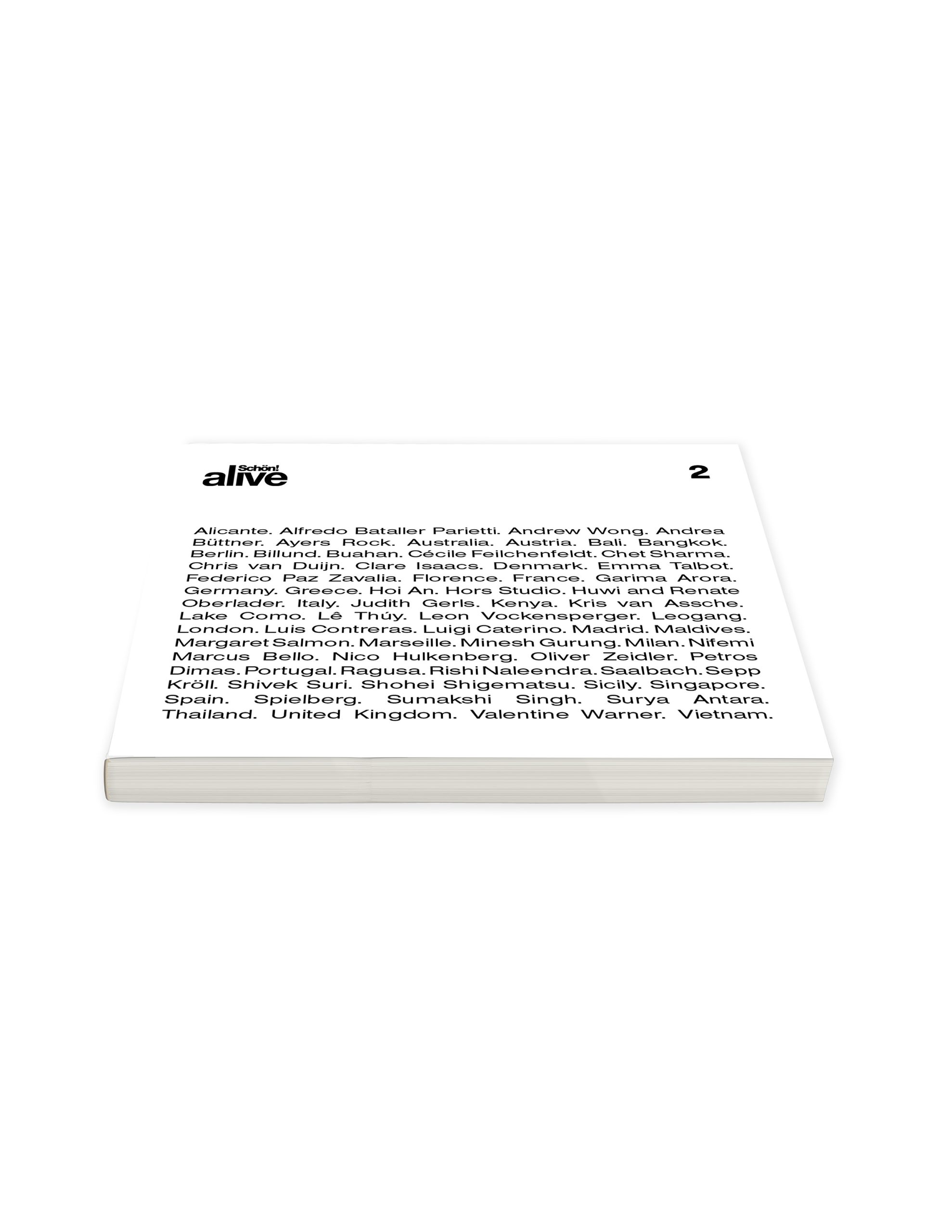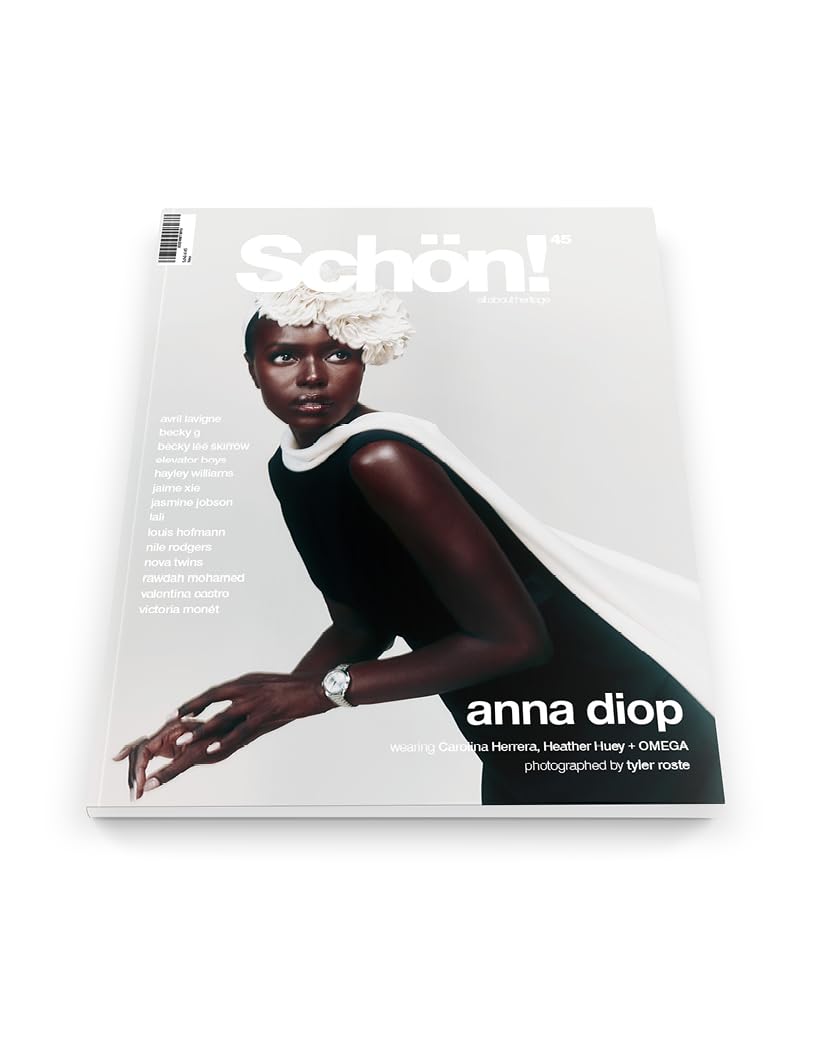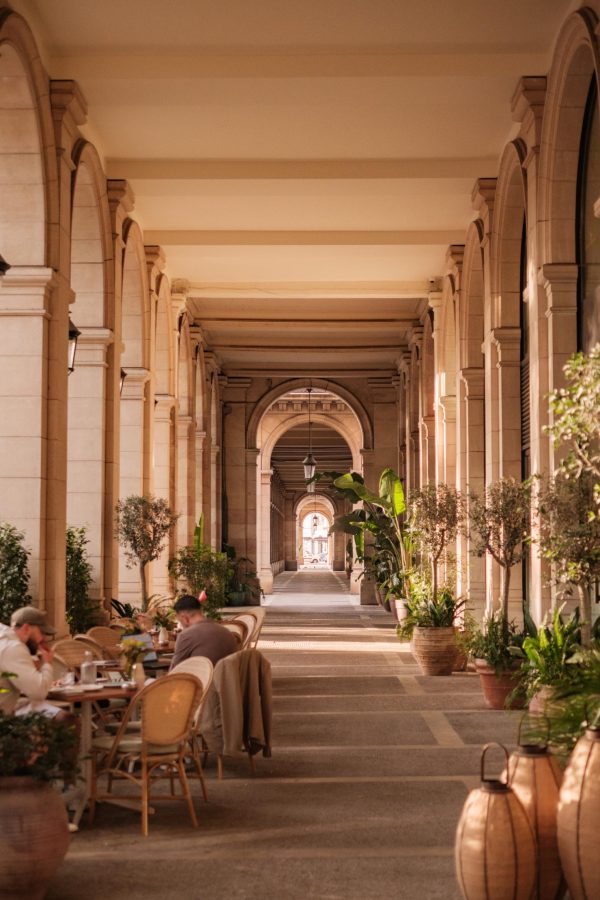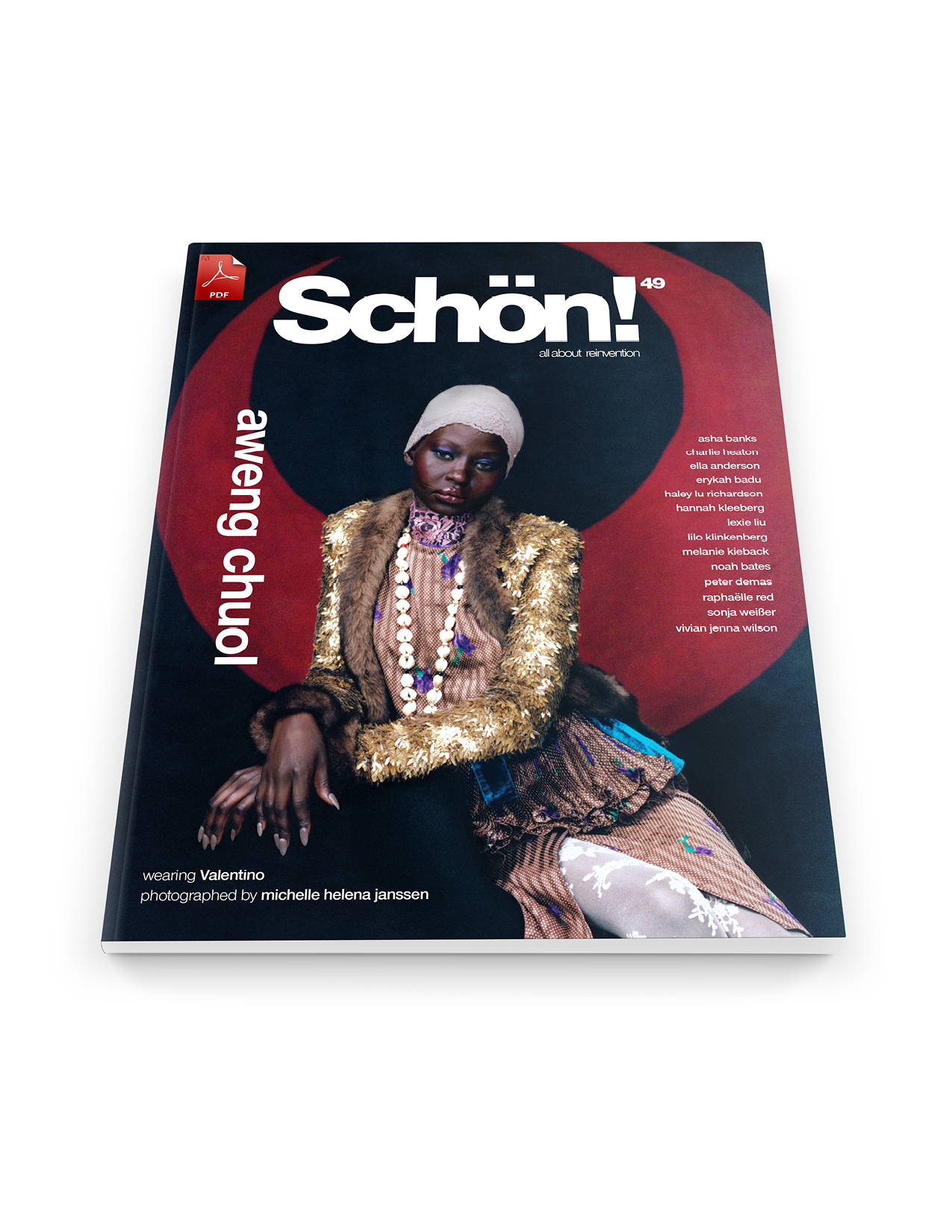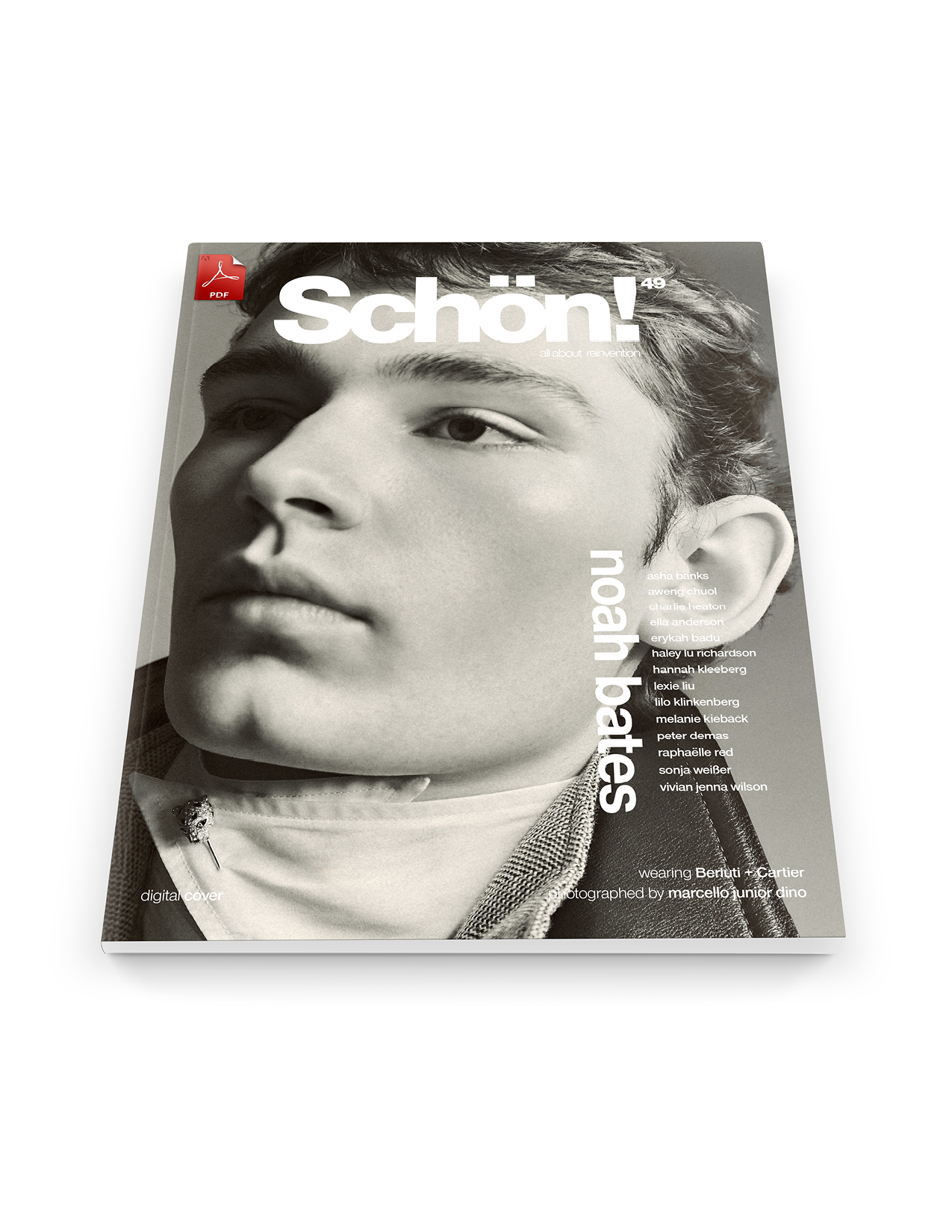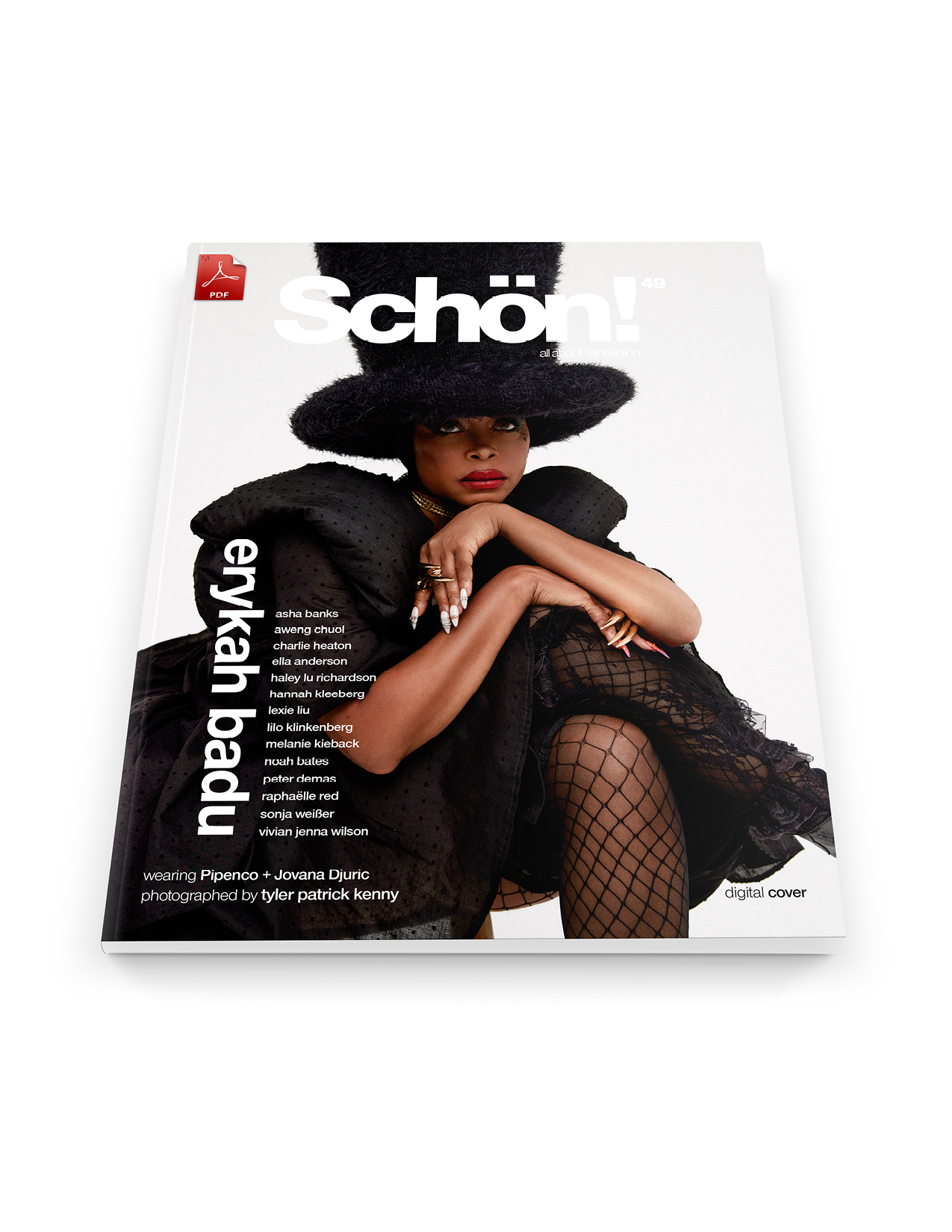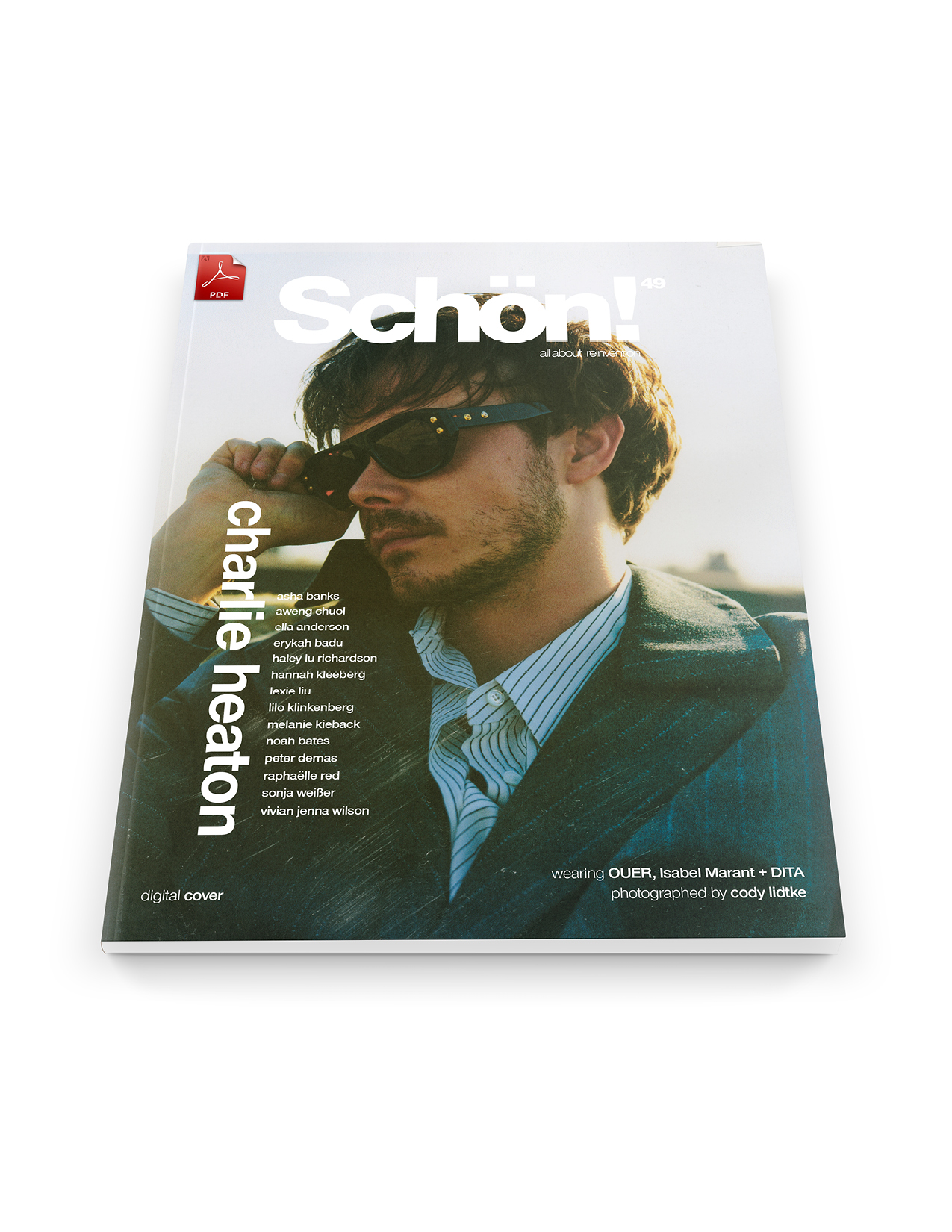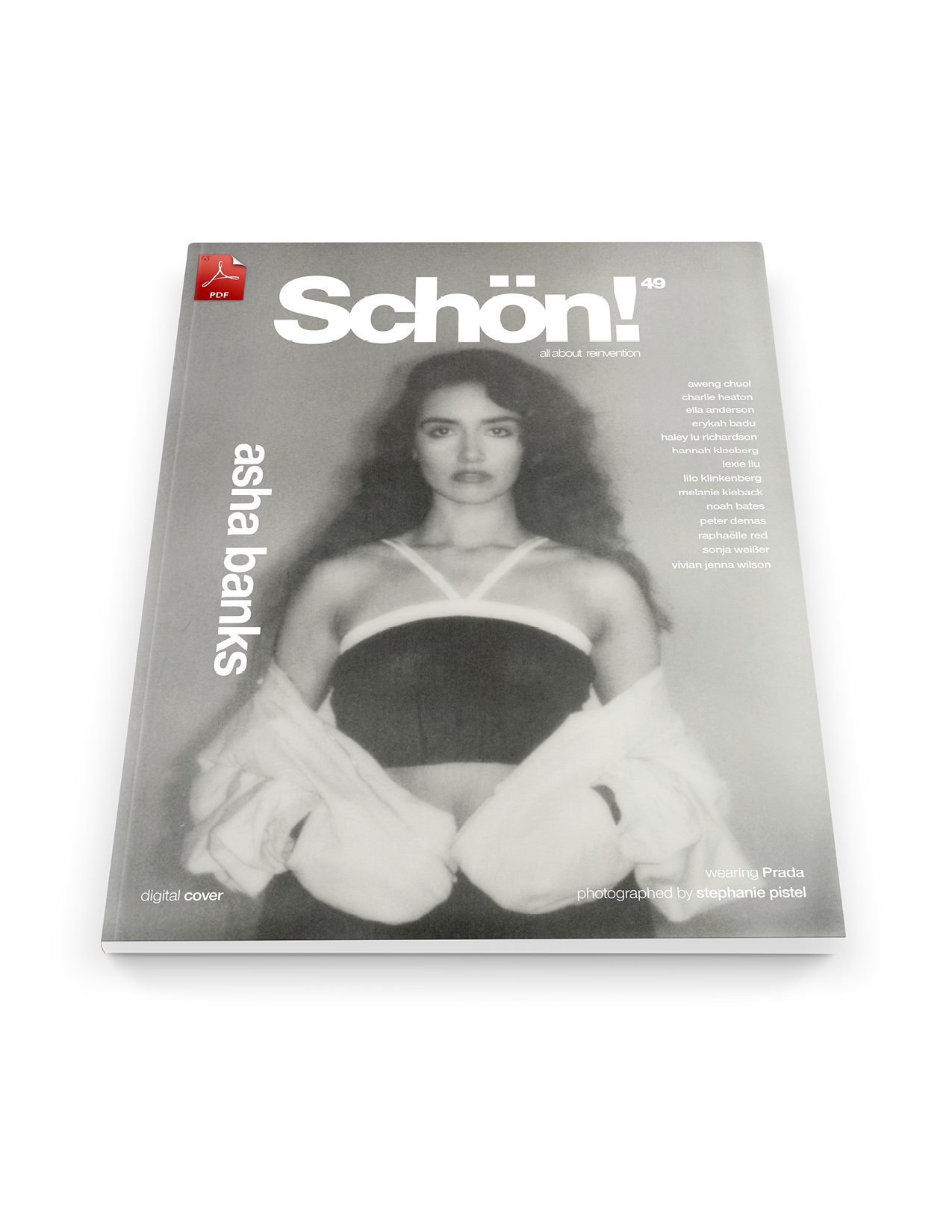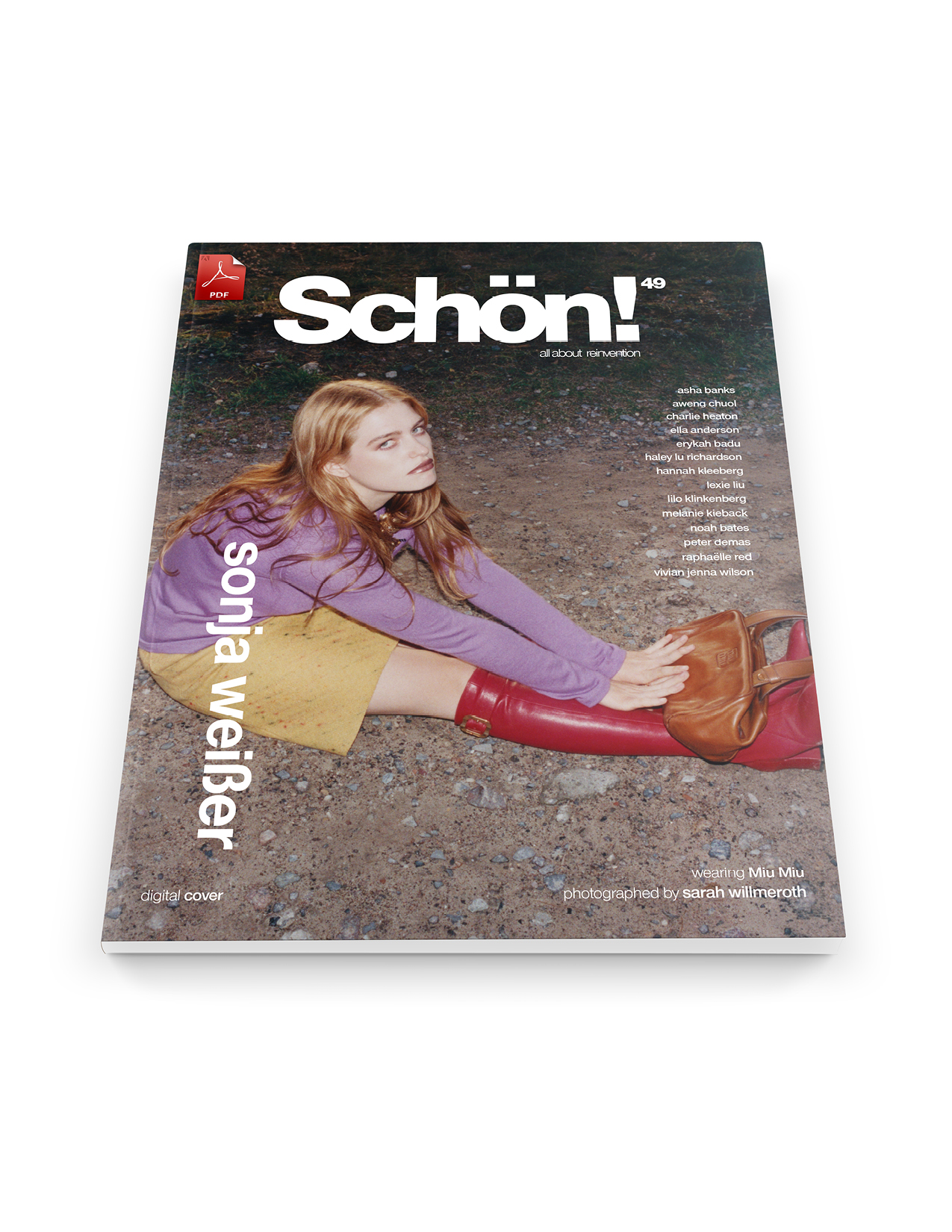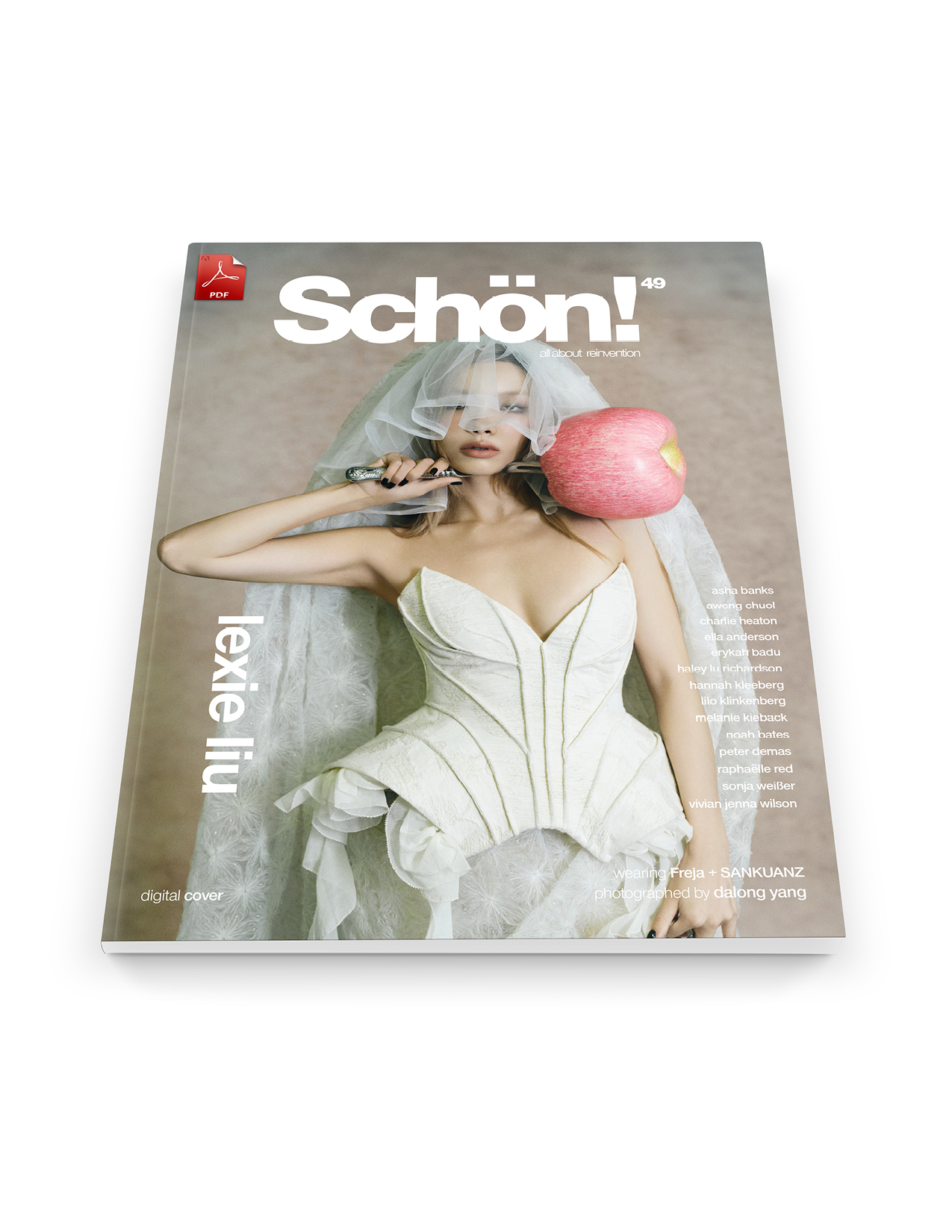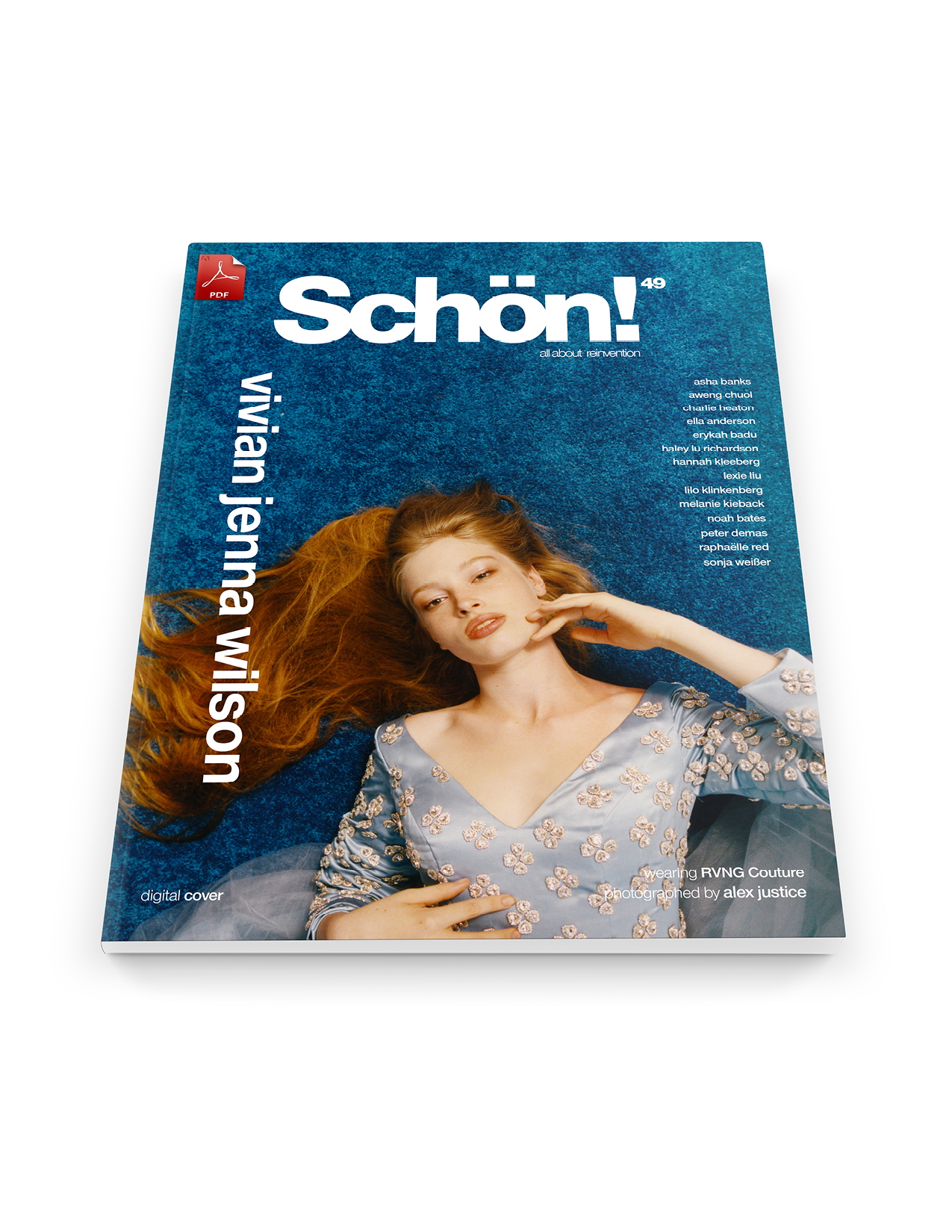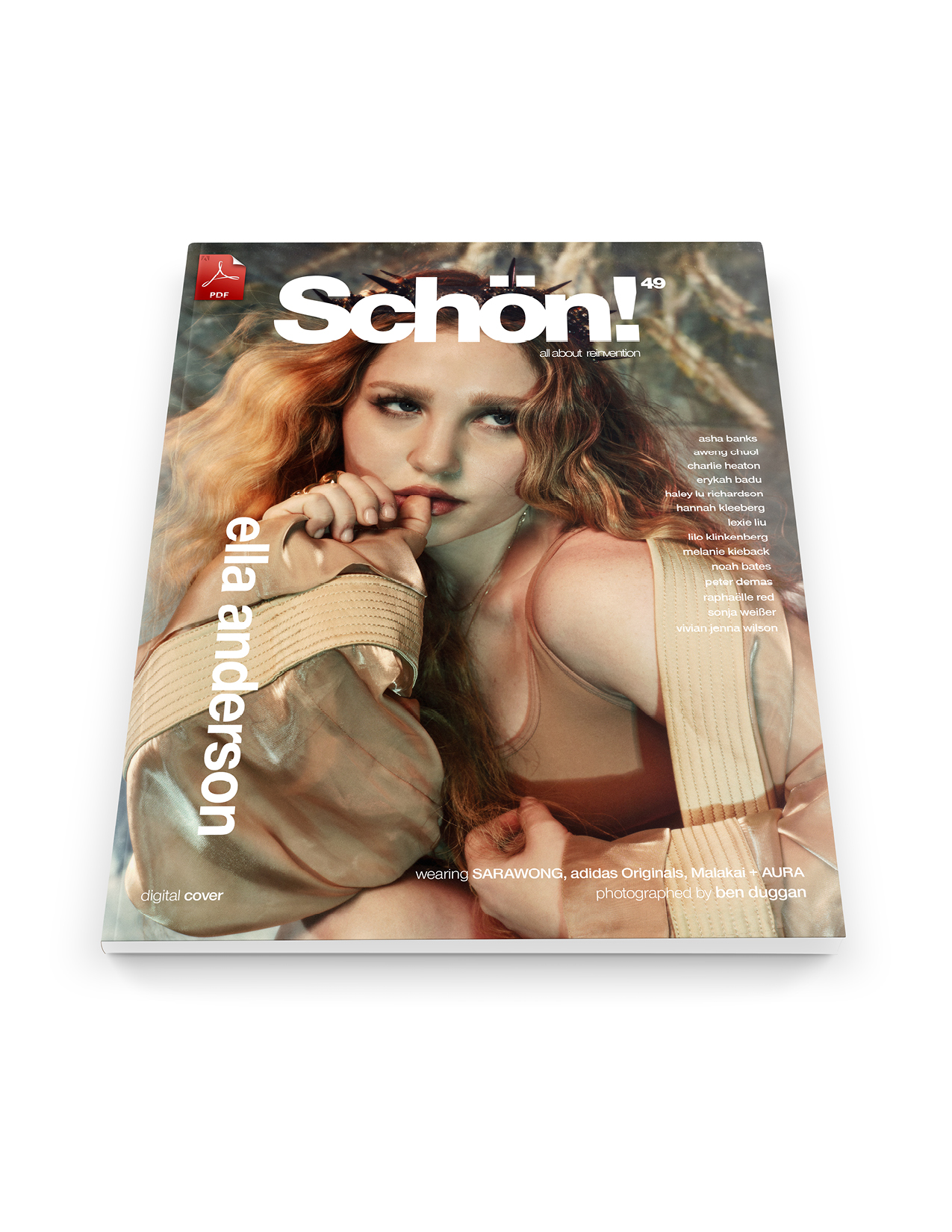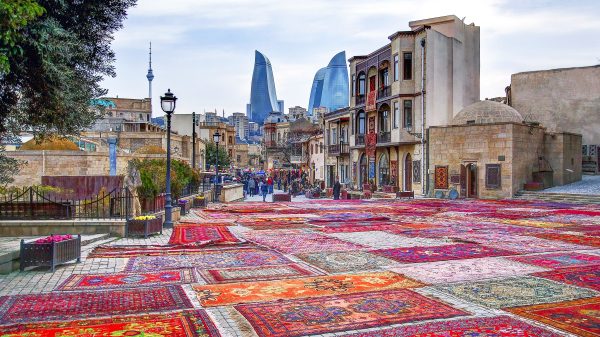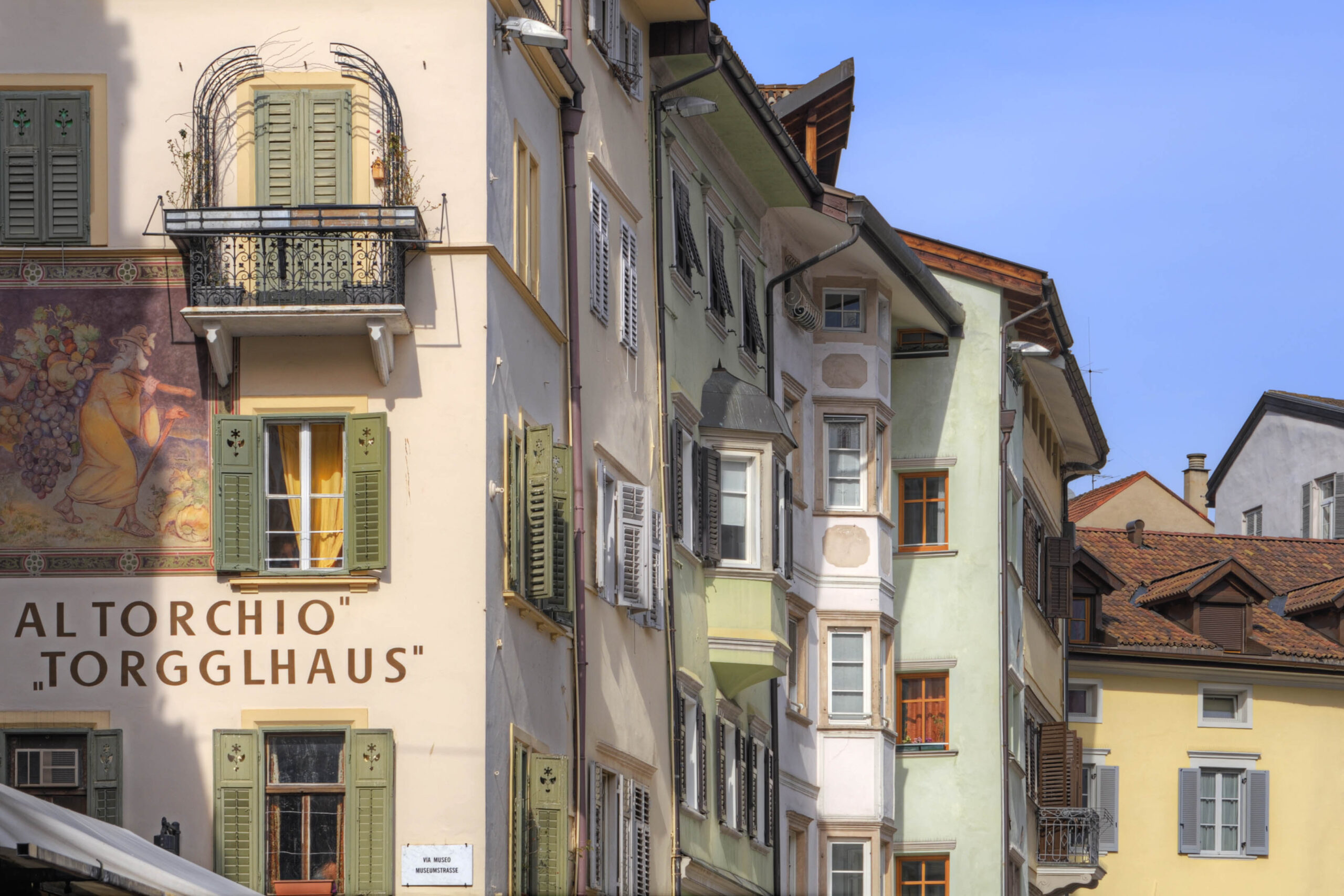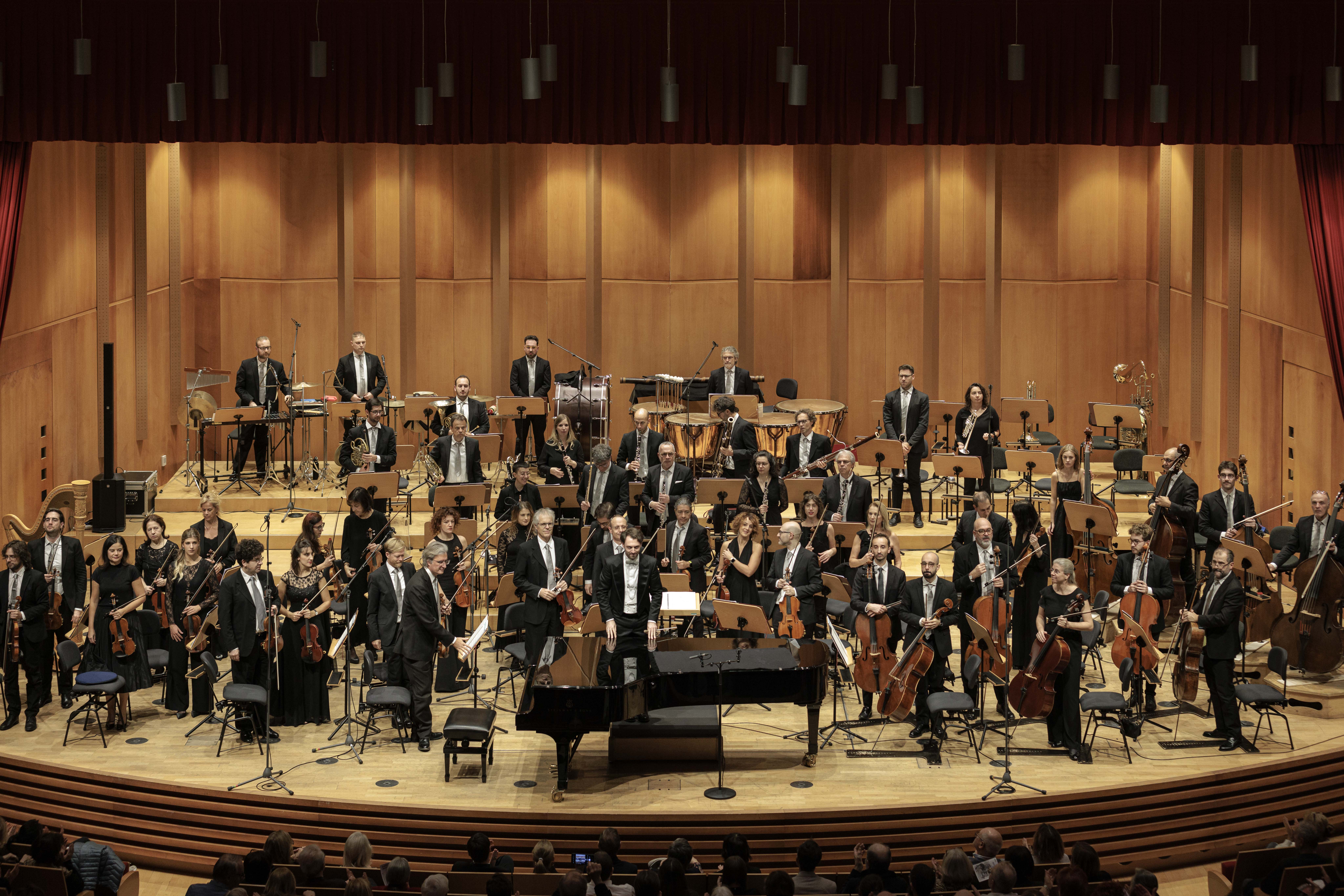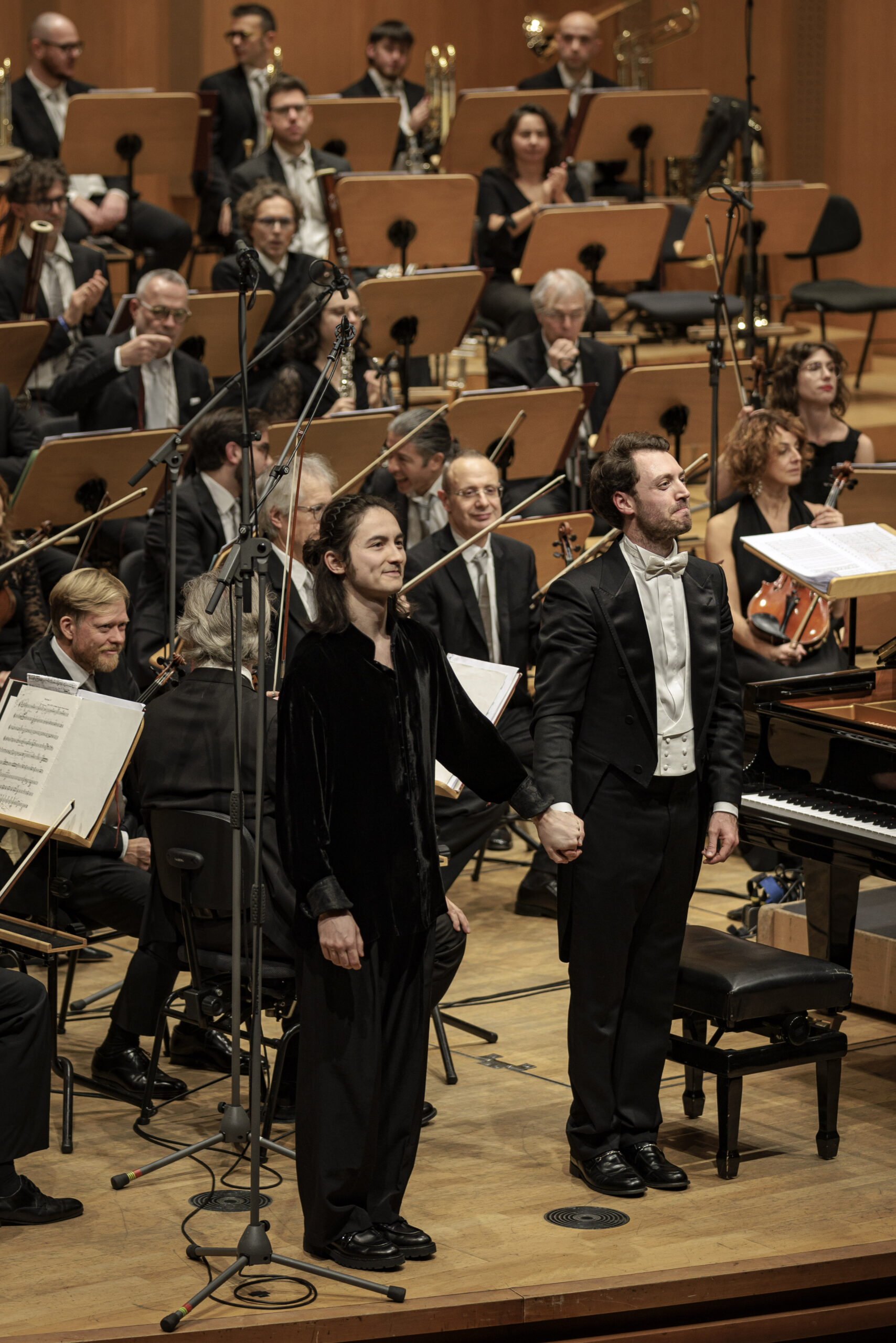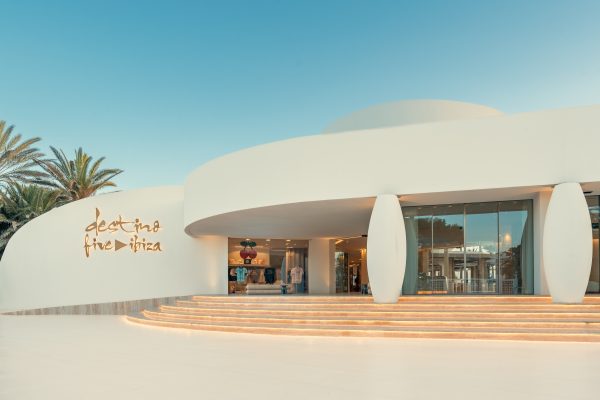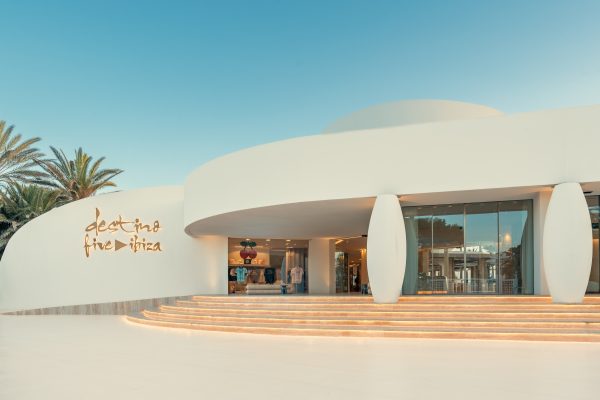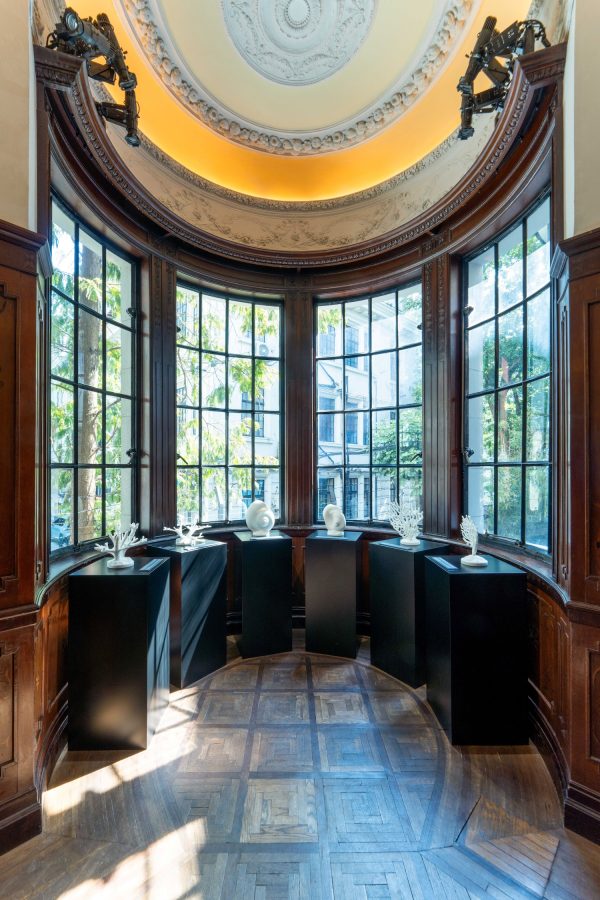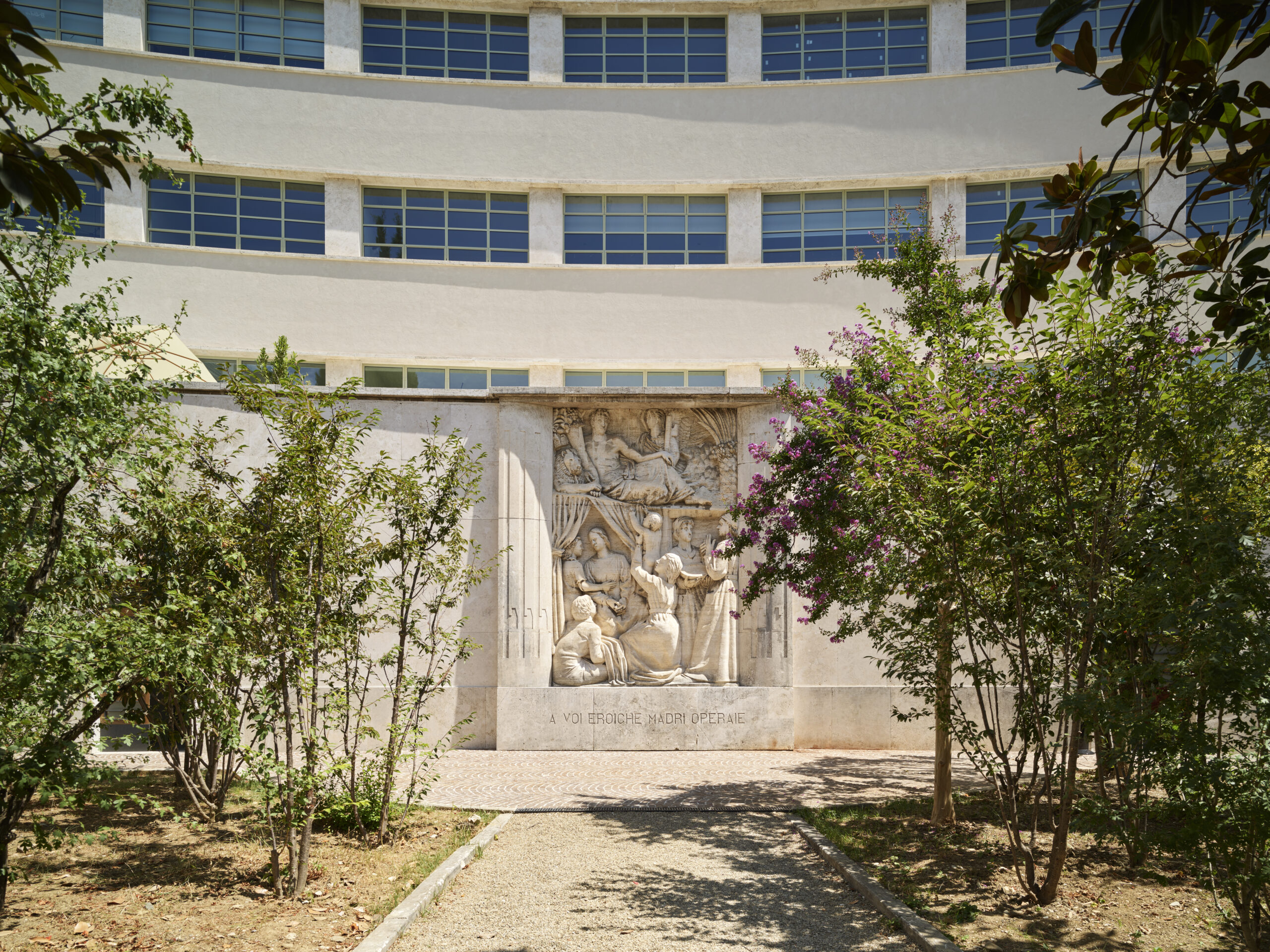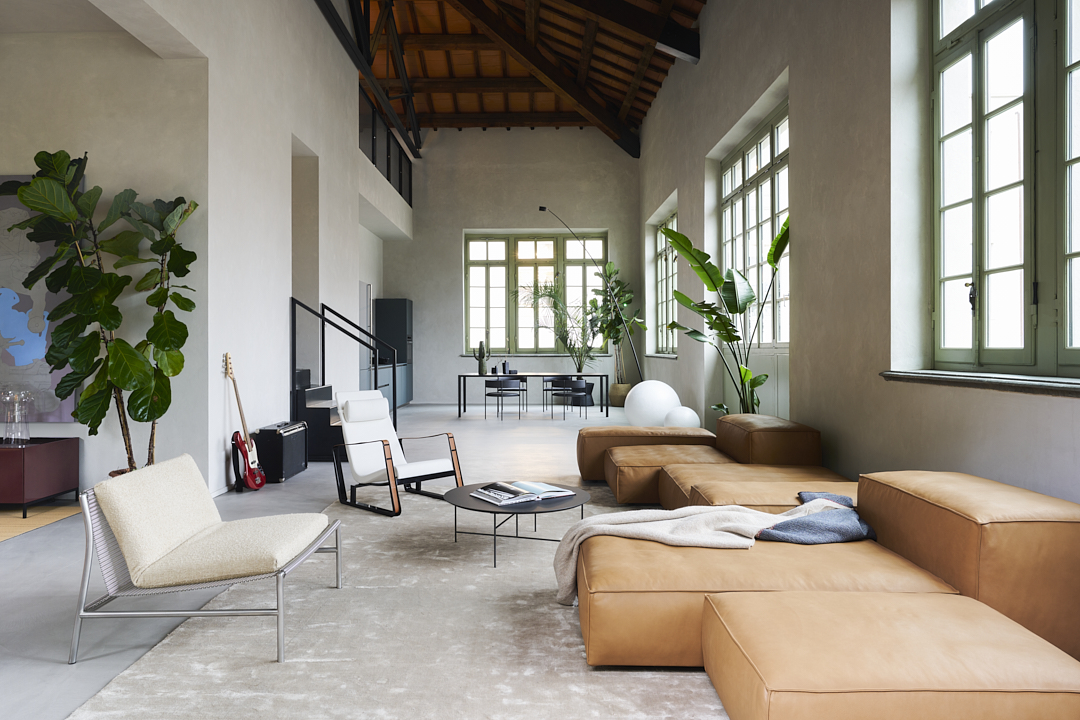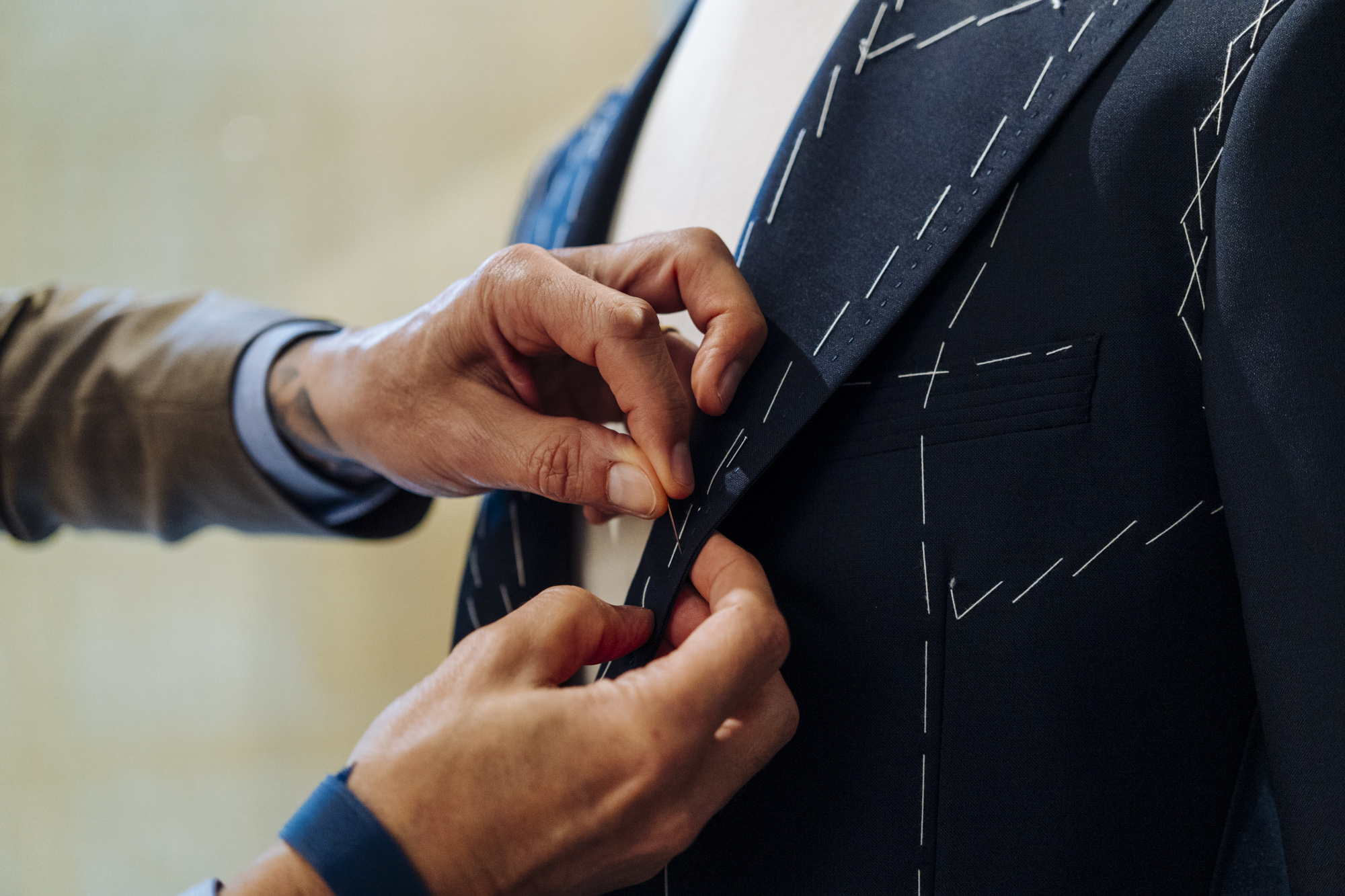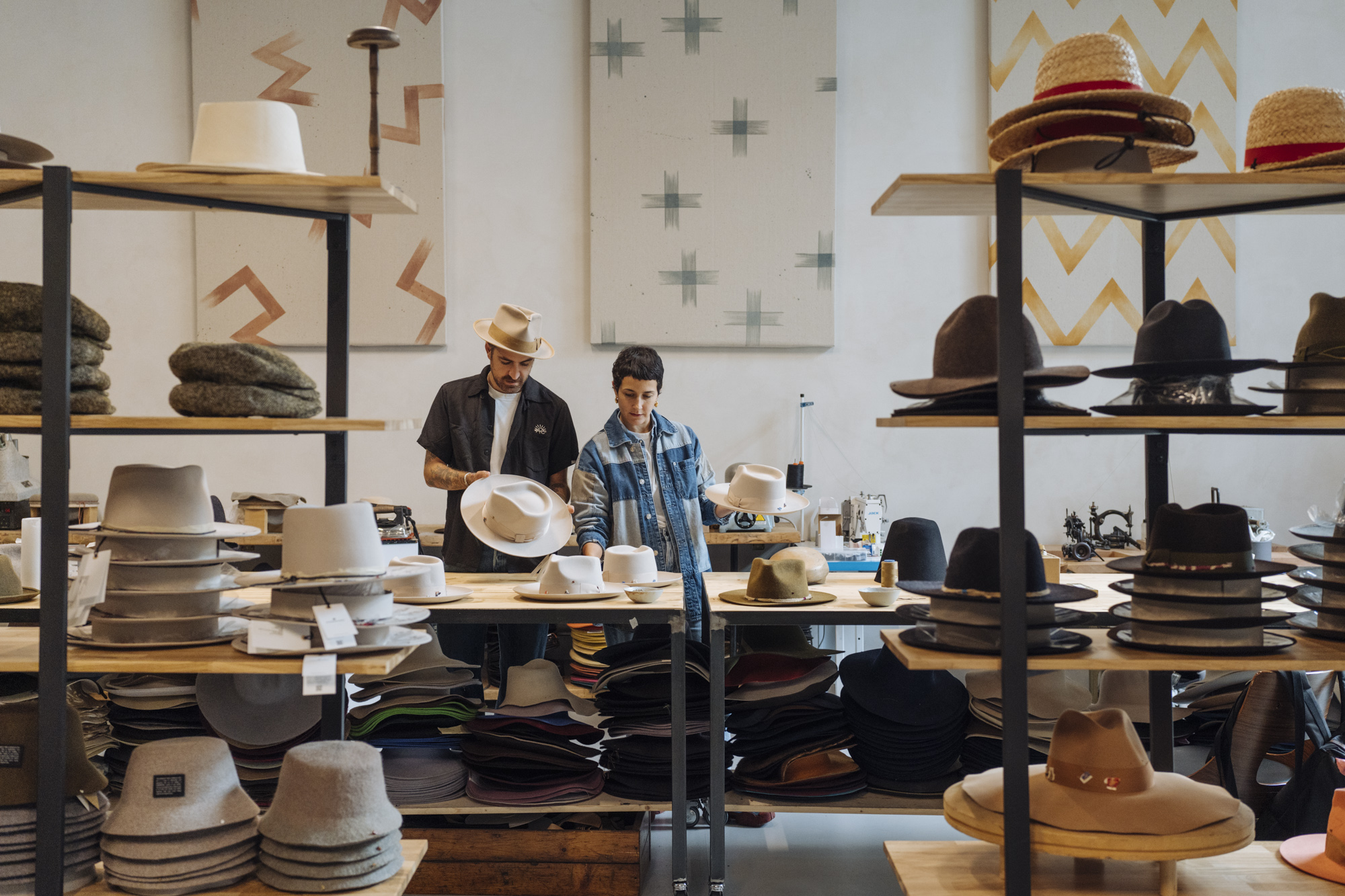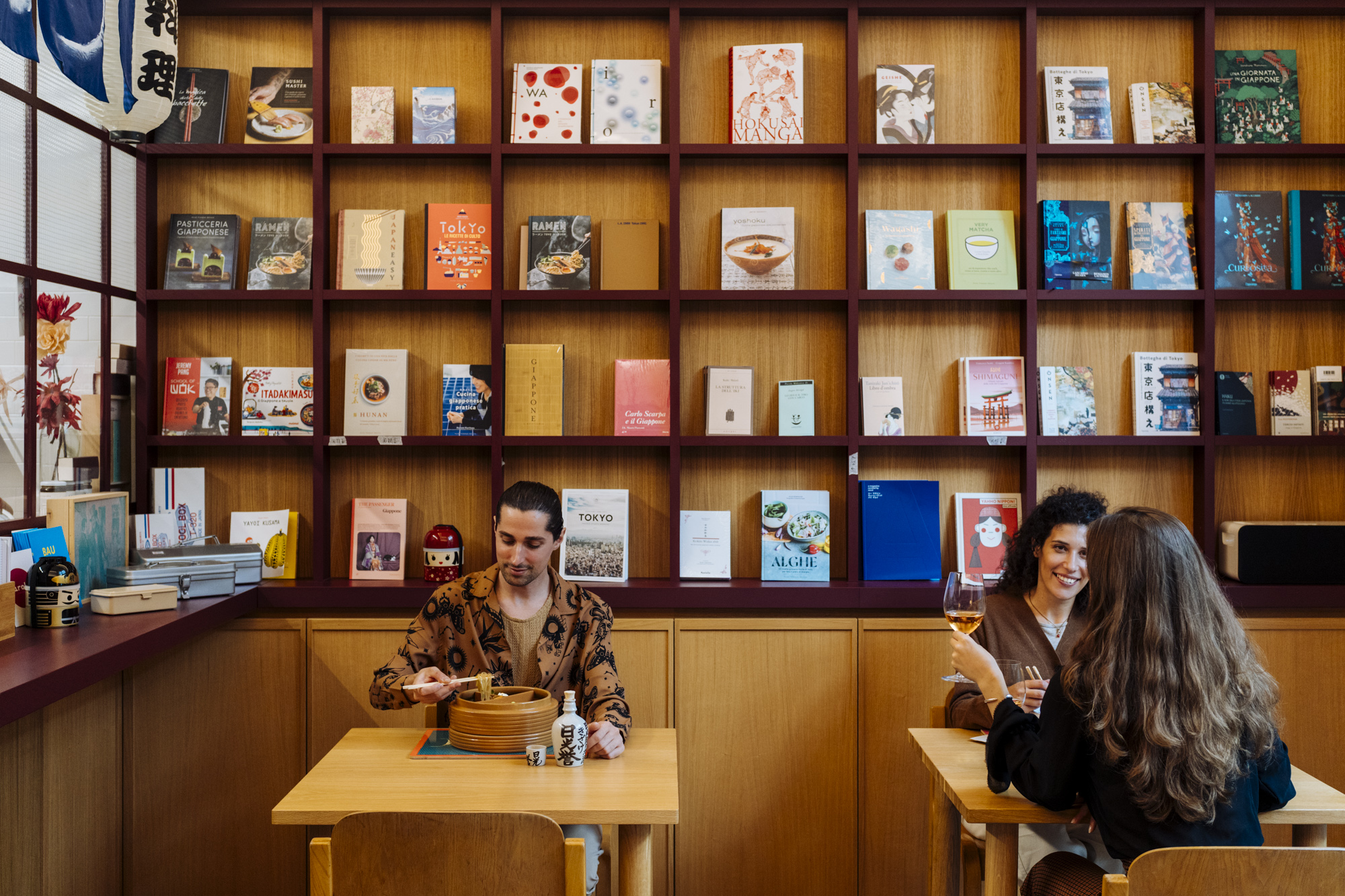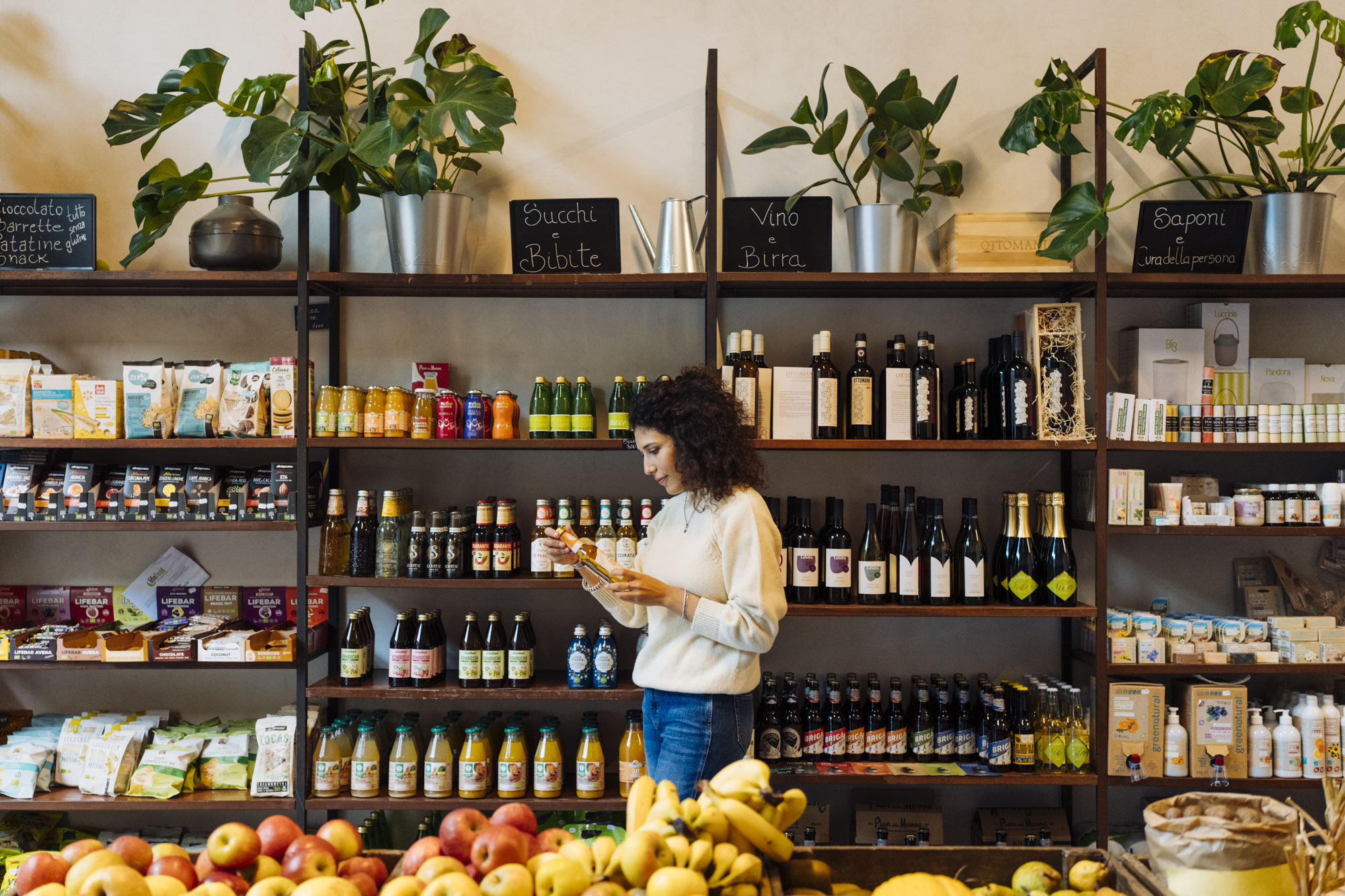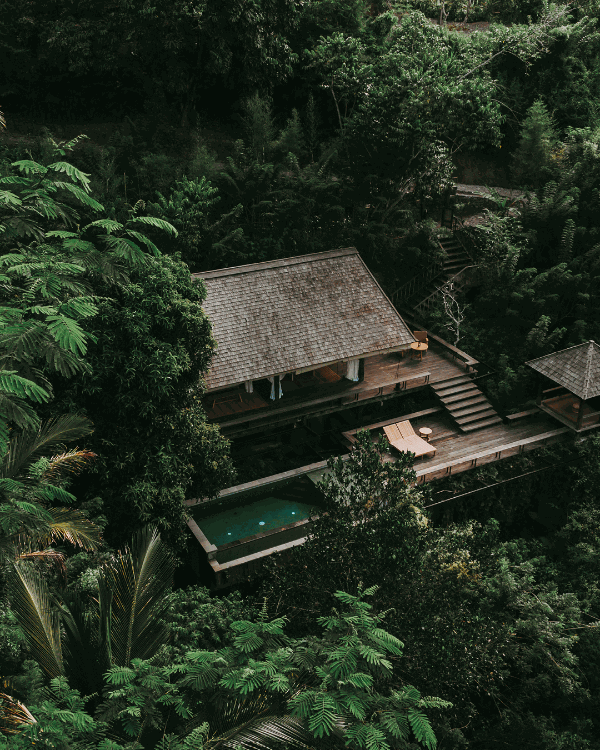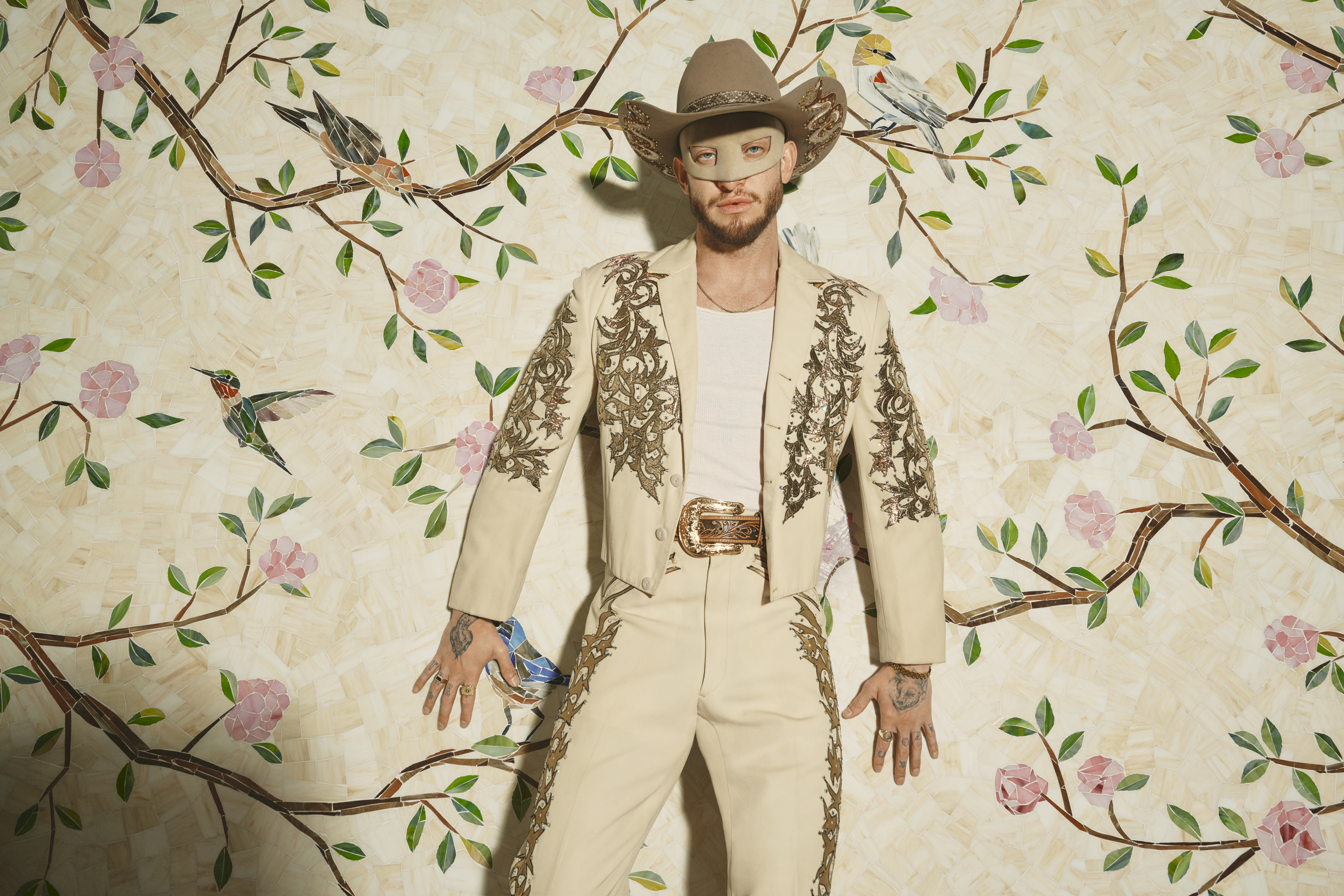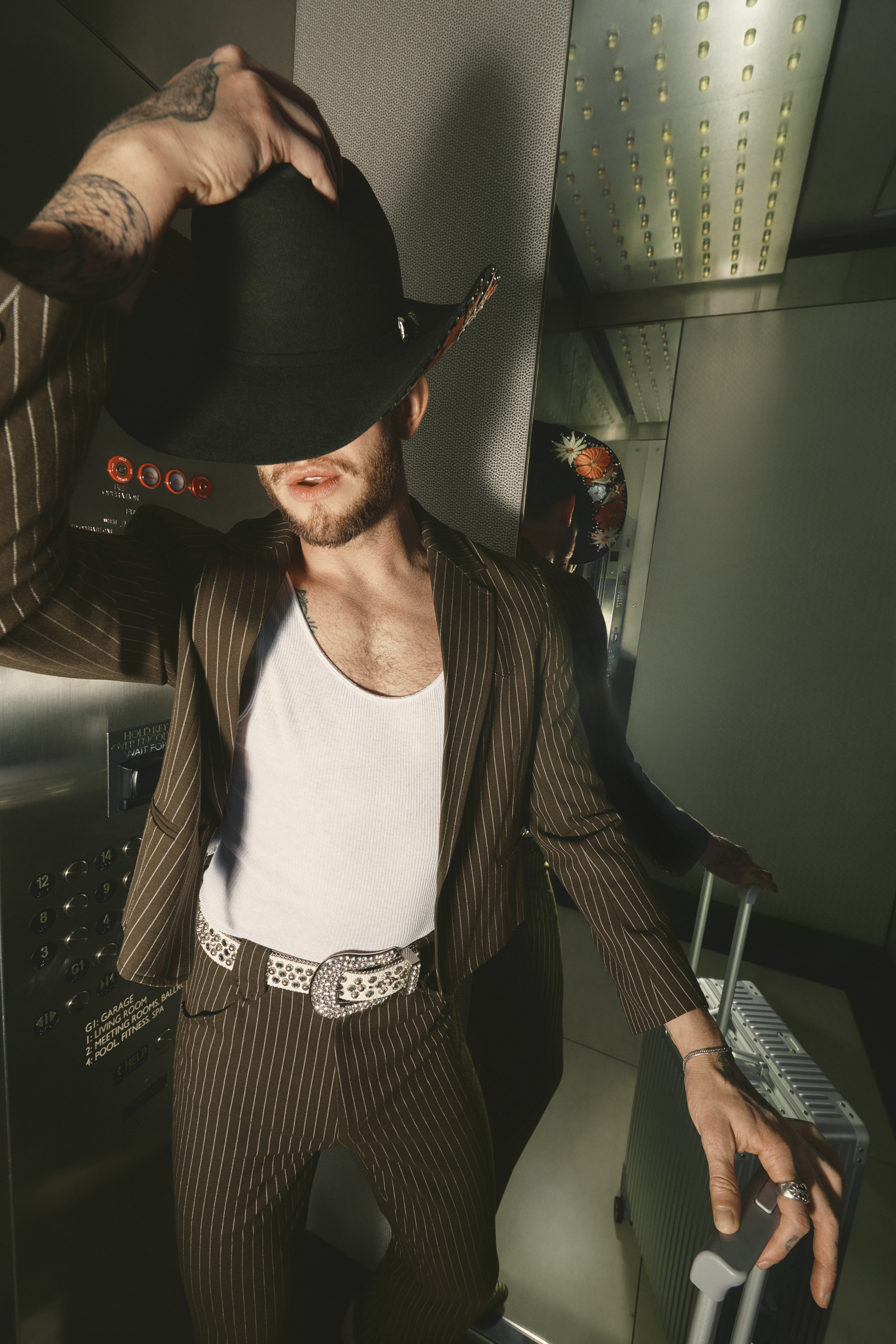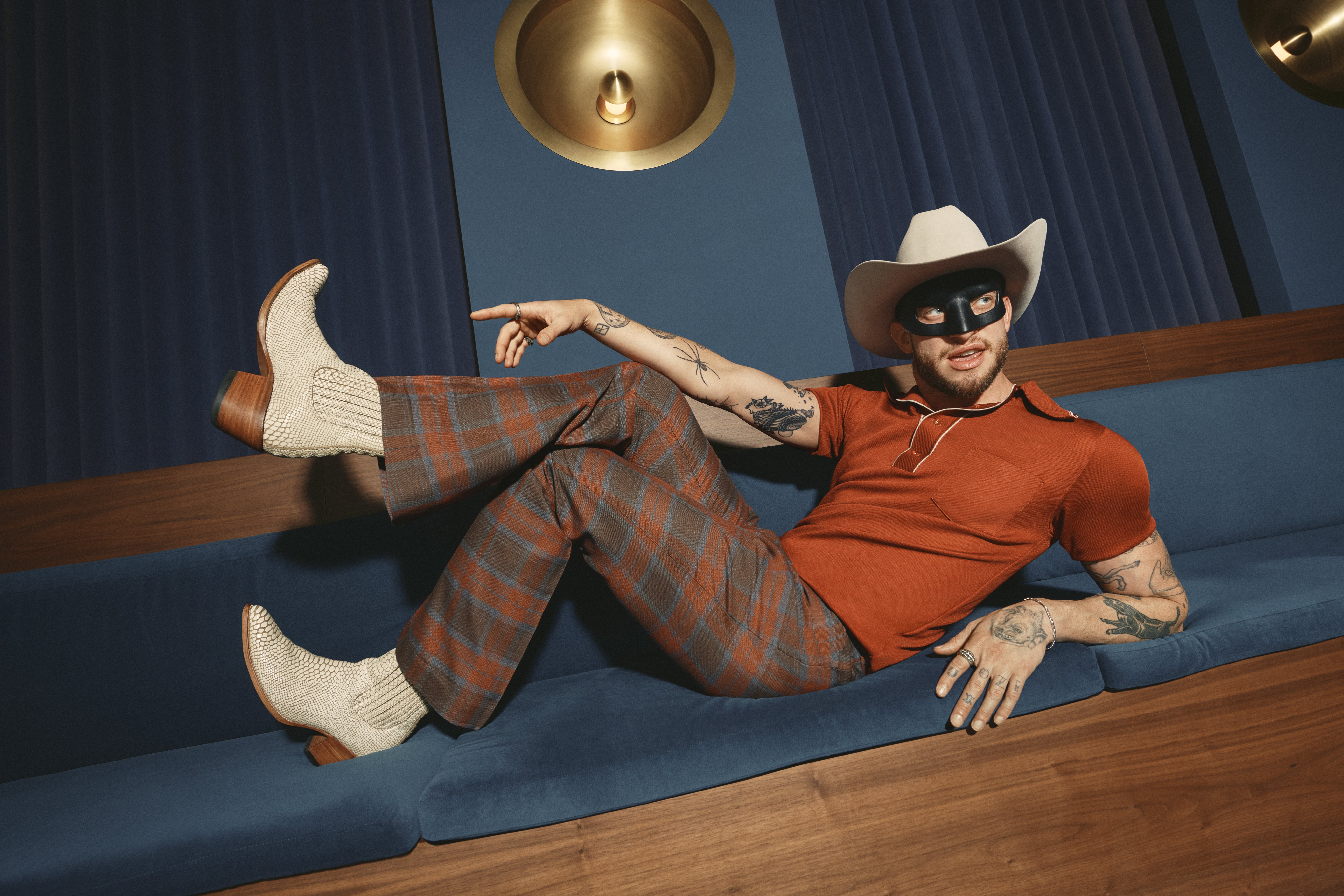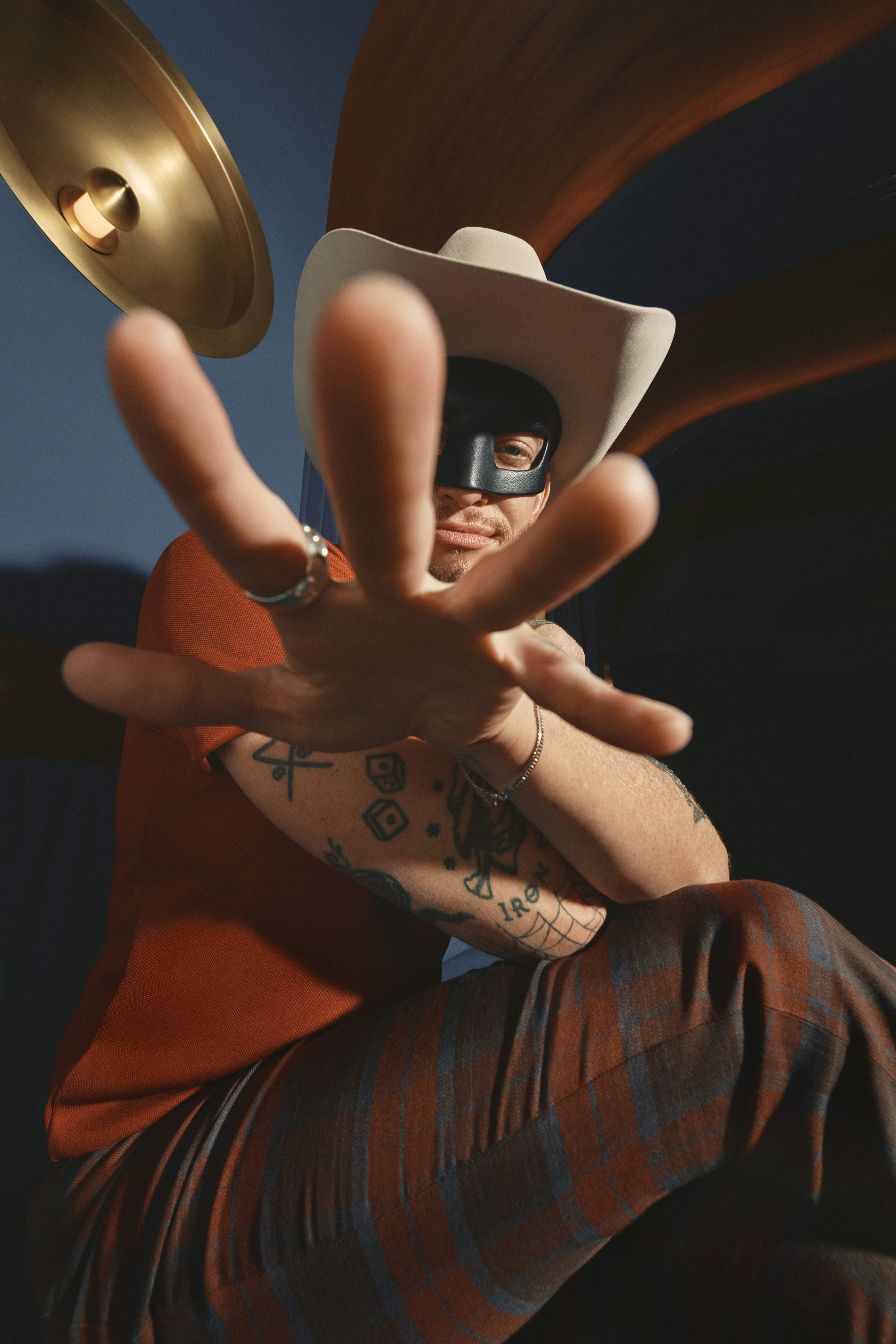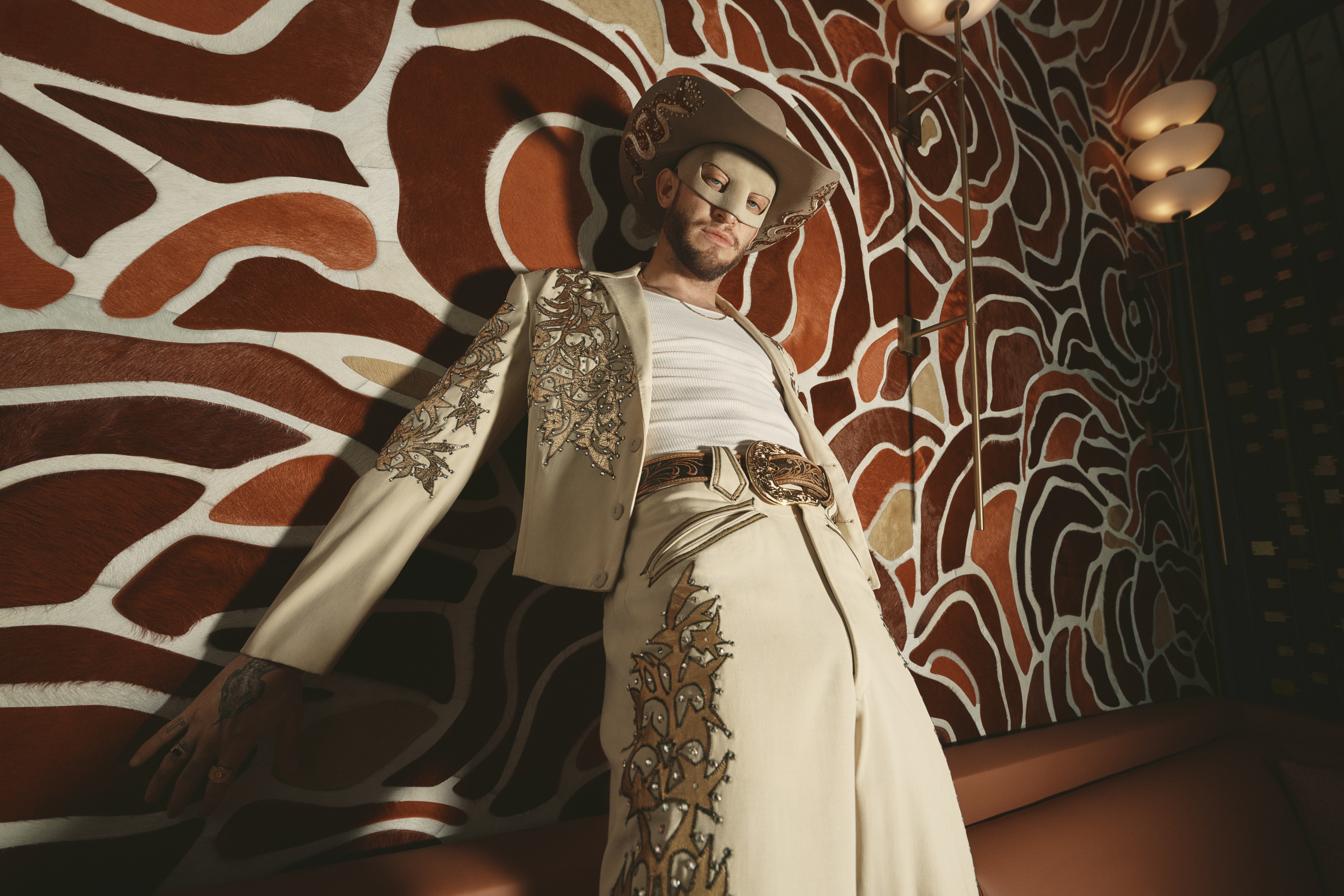
Relaxation isn’t the first word that springs to mind when you think of Mallorca. But a little resort nestled in Santa Ponça—just 15 minutes from Palma de Mallorca—is aiming to change that notion. Falling under the IHG Hotels & Resorts umbrella, Kimpton Aysla Mallorca is a tranquil hotel surrounded by lush, fragrant gardens and serene sun-drenched spaces to hide away in. As soon as you step onto its grounds, its tranquillity seeps into you like the Mallorcan sun.
Room-wise, there are 79 in total, all boasting floor-to-ceiling windows and private balconies in every single one. The vibes are rustic, arty and stylish with bright furnishings (a very Spanish flair!), local artwork dotted about the rooms and the novelty quirk of being able to access your wood-drenched terrace from your own shower. Designed by local architect Guillermo Reynés, it’s all very bright and cheerful with clean, zen lines, stunning leafy views and quirky features.


There’s a huge emphasis on wellness here. The spa is a whopping 900sqm and you can spend a whole day here with its 25-metre indoor pool, salt cave, sauna and steam room. If you can manage to drag yourself away from the sauna-to-steam room rounds, there’s a MAISON CODAGE spa which offers a generous treatment menu filled with tailored facials and some great body treatments. Fitness enthusiasts will appreciate the generous gym stocked full of the latest Cybex machines and a workout class timetable chockablock with all kinds of classes. For the more outdoorsy sports enthusiasts, there’s the Golf Santa Ponsa golf course and tennis courts of the Mallorca Country Club right on the resort’s doorstep.
It’s not all virtuous lemon-infused water and fitness classes, however. Kimpton Aysla boasts some great eats. There’s the uber-chill Zayt pool bar, which serves up classic Mediterranean eats—think burrata salad, pizzas, croquettes, grilled meats and fish—under a shaded canopy where you can lay back and look out at the Mallorcan mountains. Dishes are full of fresh flavours and carefully crafted with local ingredients, capturing the essence of the region in every bite.
For evenings, the Saba Restaurant offers a unique dining experience where Asia meets Mallorca. Headed by Executive Chef Juan González, the goal is to create Korean and Japanese dishes using only locally sourced ingredients. Dishes are adventurous, playful—take the grilled artichoke kimchi or the eggplant marinated in miso and meats flavoured with herbs from Kimpton’s own gardens—and insanely delicious with sushi and sashimi galore. To really appreciate it, go for the Omakase menu and let the chef dish out the best for you. Unlike the super laidback Zayt, the atmosphere at Saba is (pleasantly) loud and lively thanks to the open theatre kitchen.
Ideal for a weekend wellness detox or a chill-out-by-the-pool-and-do-absolutely-nothing getaway, Kimpton Aysla Mallorca is a serene getaway tucked away in the heart of a lively city.


Book your stay at the Kimpton Aysla now at kimptonayslamallorca.com
words. J. Bibi Cooper




